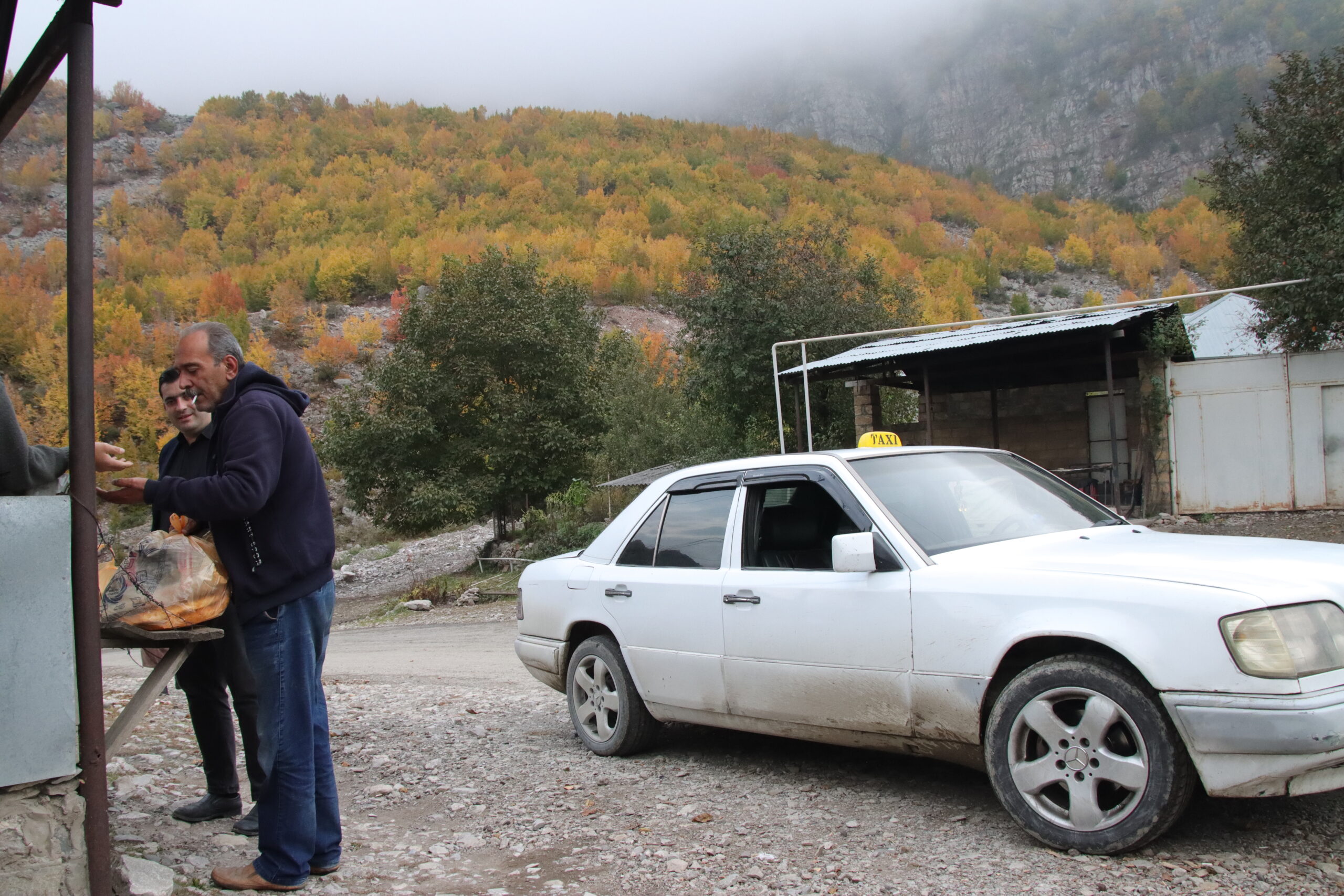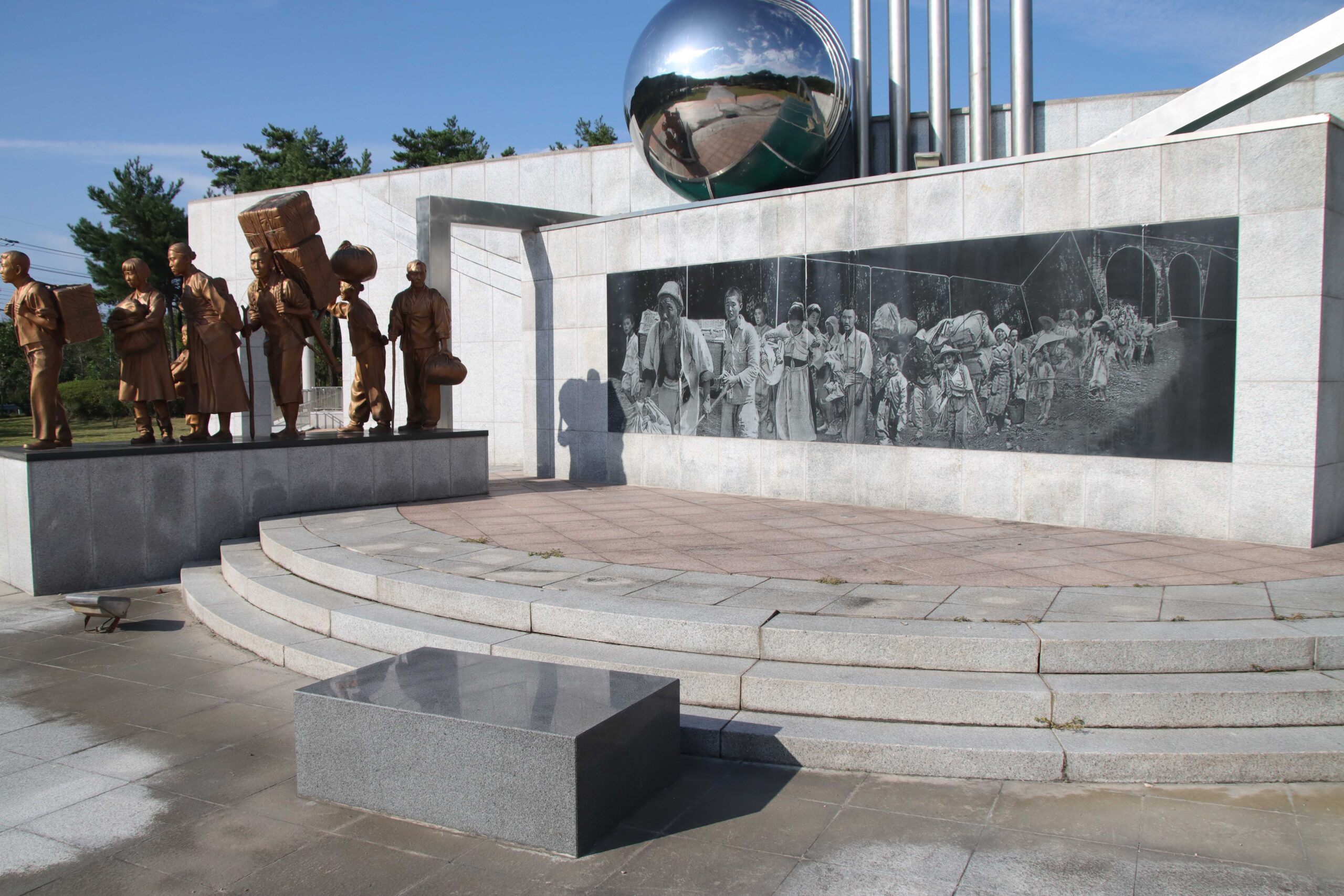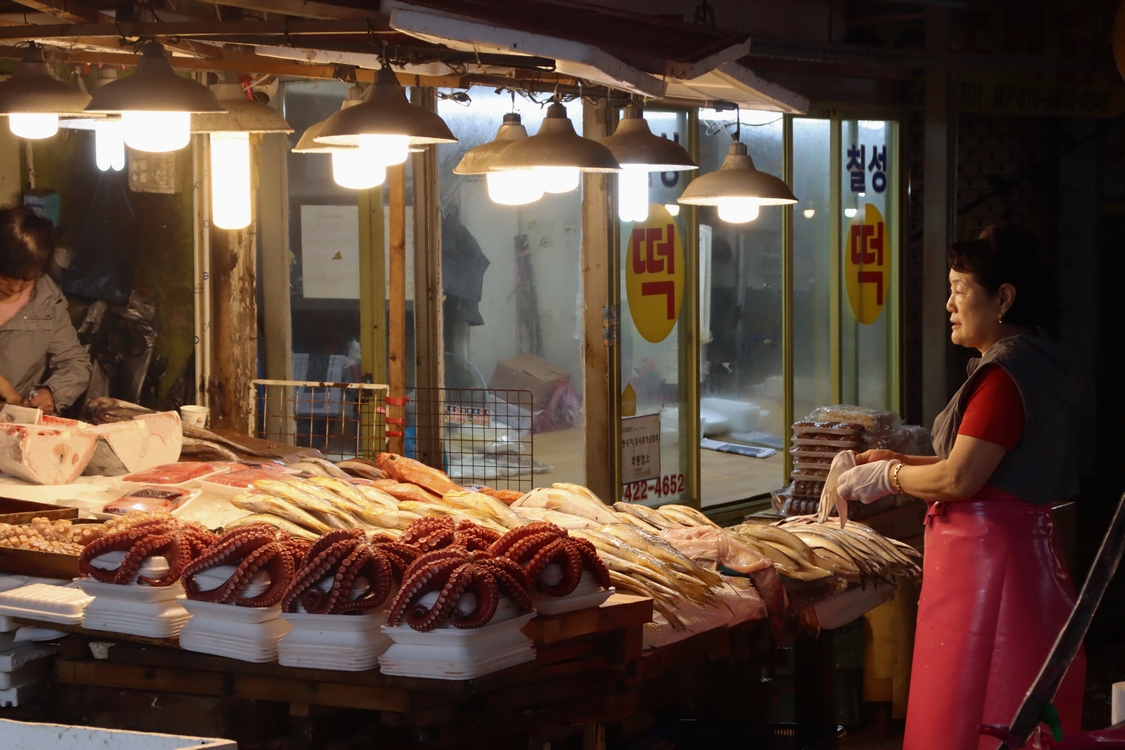Banine, the Azeri-French author who has appeared in a number of these dispatches recently, wrote her memoir entitled Days in the Caucasus, and it was a great primer for my trip to Azerbaijan. It gave me a window into the country of her time—of the turn of the 19th century, and of Azerbaijan’s discovery of oil wealth. It was striking to me the enormous contrast of the Baku of her time and the nation I found when I visited just as the leaves began to reach their peak along the massifs of the South Caucasus.
Out of Baku, a road runs across a massive mountain shelf on its way to Georgia. This shelf is big enough to support farming and big cities—and has unsurprisingly been a center of regional civilization for some time, including the oldest entirely Christian societies on Earth in a people known as the Alban, and another known as the Armenians.
This road has become a popular route for people looking to bundle Azerbaijan and Georgia together into a single trip, though the notion is bizarre to me. There ought to be enough in both countries to have a month-long excursion without do-overs, and it seems almost disrespectful. For some this is not the case, for example with Ted from Chongqing, who was doing the route partly by bus and partly by hiking over the Caucasus’ metatarsals, as the highway is a dozen kilometers away from many deep river valleys cut into the mountain which can make accessing the interior of the mountains rather easier.
Several key cities of culture and heritage occupy the road, including Ismayilli, a local stopover for the historic villages of Lahich and Ivanovka—the former an ancient center of crafts, the latter a strange outpost of Tsar Alexander’s Russification policy towards Azerbaijan in the 19th century and filled with a Russian Orthodox sect known as the Molokans.
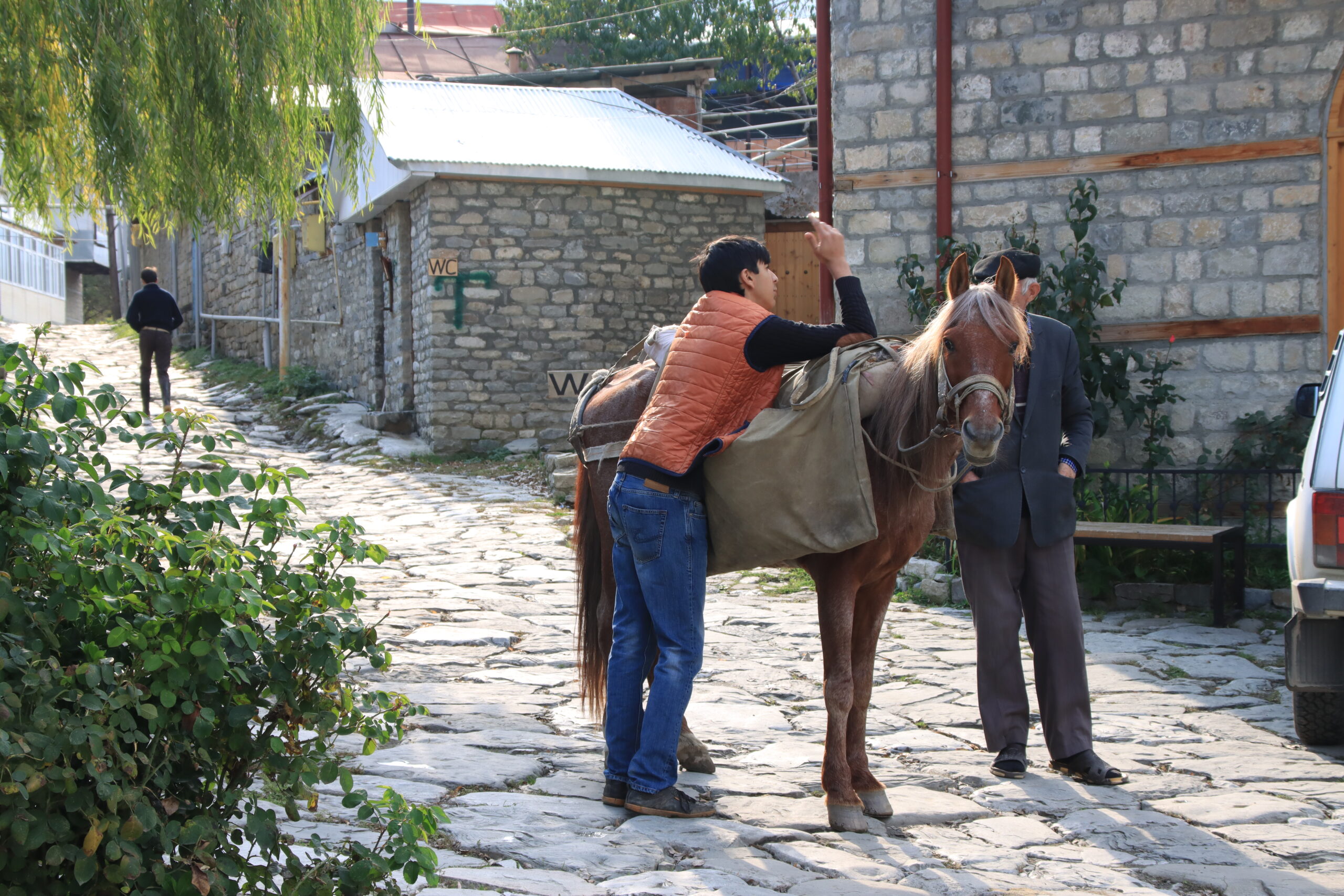
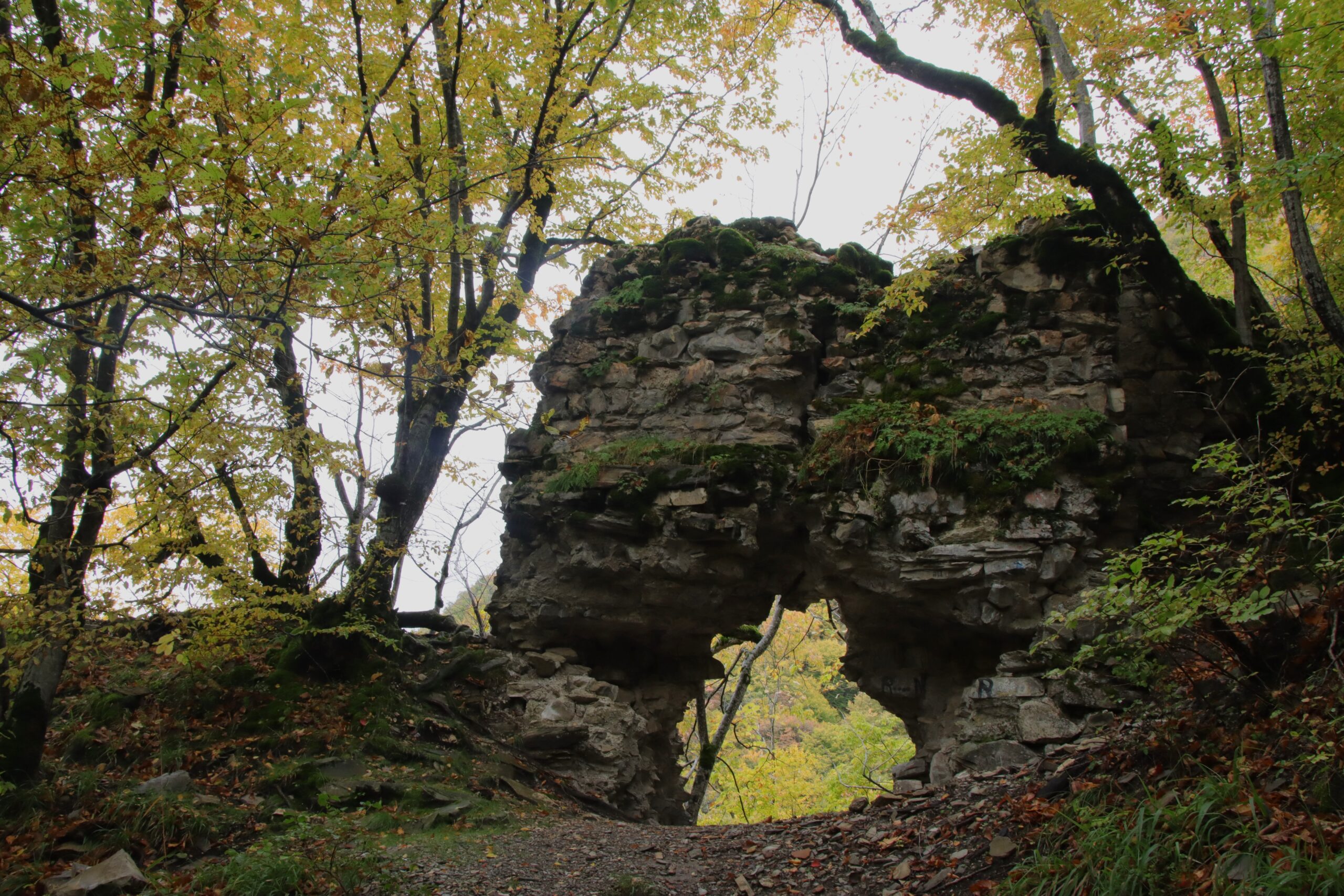
After Ismayilli, there is Gabala, a modern city that is close to the ancient capital of the Albans in the 1st and 2nd centuries BCE, and of another local nation-state called the Javanshirs from the 6th century CE. Beyond Gabala lies Sheki, (all these names are Anglicized and wrong) one of the last major stops East-West along the Silk Roads, and also the seat of power of the “Khans” who inherited land and title from the Altan Orda, aka the Golden Horde, the westernmost remnant of the Mongol Empire.
Sheki was a particularly beautiful place although a mighty tourist trap. The old city center was filled with renovated brick buildings from various waves of expanded habitation, the oldest of which date to the 17th century, including a pair of old, now restored, caravansaries, and a fortress that includes the Khan’s palace which is all listed as a UNESCO World Heritage Site.
When I was there in mid-October, the fall foliage had reached a stunning peak of yellows and oranges. Many of the trees were species of birch that I had never seen before—giant things with few major limbs and broad trunks that had their characteristic silver park only on the thinner, upper branches. Alongside these were Hornbeams and aspens, some oaks, some chestnuts, and also very tall trees that I couldn’t identify, and the tree that I thought was a Persian ironwood but wasn’t. Most of the leaves flushed orange and yellow, and there were noticeably fewer red leaves than in my native Virginia where Virginia creeper, ivy, and sasparilla plants like to turn purple-red.
In one place far away from the Sheki souvenir shops lies an old fortress that stories say was never taken by the invading armies of a resurgent Persia under Nader Shah. Its name in Azeri means “Come and See”—the supposedly laconic response of Sheki Khan to a demand of surrender from the Shah. While it may have never been taken by invaders, the forest has well cleaned up the mess of well-cut stone that Sheki Khan and his followers left there on an unreachable hillside.
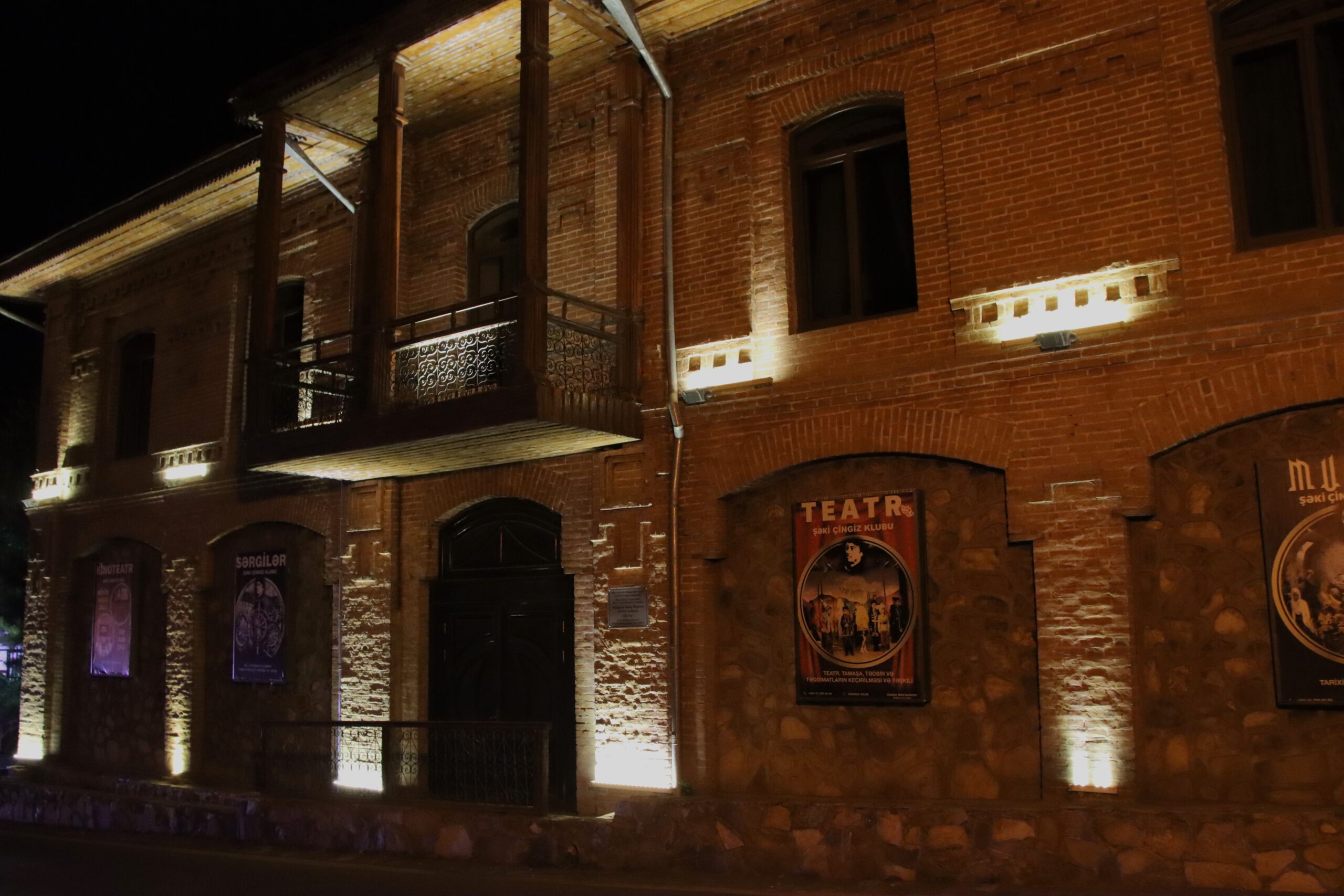
It’s interesting that all these towns in the Caucasus had some local ruling dynasty—evidently the ancestors of the Azeri felt that this region offered more than in lower, more arid steppe land by the Absheron Peninsula; and they may have had reason; the soil in the farmland seemed very rich, and huge masses of ground have been given over to farming, while the cities lie a ways off near the mountains feet, perhaps to balance hunting, gathering, and farming accordingly.
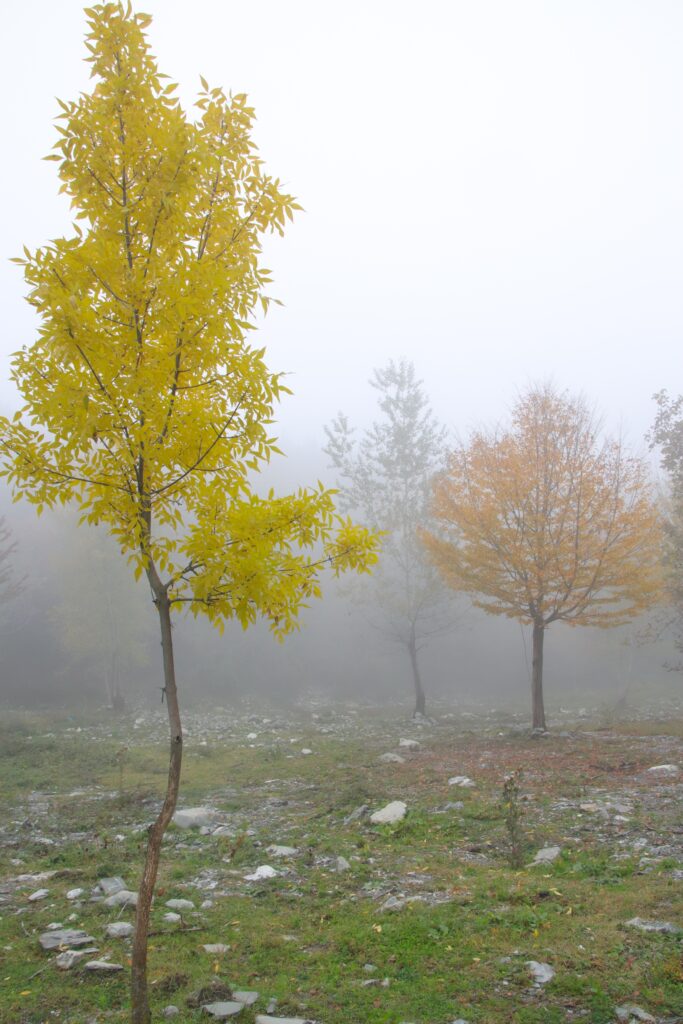
In Sheki, I’m sure they made a one-of-a-kind dessert, which was a variation on baklava but with chestnuts and saffron, and oozing honey. In Baku, it’s marketed as Sheki dessert or Sheki Paxlava, so I felt confident enough of never finding it again as to buy some nearly 2-weeks out from my return date and drag it along with me the whole time. I was also introduced to the heartland of a classic Azeri dish, the Piti—which is called “two meals in one” by the locals. It comes as a soup bowl filled with day-old bread and a terracotta carafe of sorts called a piti, inside of which is a broth made of lamp and tail fat, with onions and chickpeas. The first meal is the broth and the lamb poured overtop the bread and eaten after the bread turns soggy, while the second meal is the chickpeas and the rest of the piti. Thanks to the lamp tail fat it had an incredibly intense flavor of lamb, so I felt some might not prefer it back home(s).
As much as all this culture was nice, I never really felt like I got under the surface layer of the people and their lives. No one could speak English to any degree that would facilitate a conversation, and without a SIM card, I couldn’t use my translation app while out and about. It felt a bit like a missed opportunity, for I don’t leave my wife, home, and child behind all in order to waltz around a beautiful spot, eat good food, and relax. I suppose though you can’t win every battle, and for the Westerner there are easily 2 dozen countries most would want to see over Azerbaijan, so my being there is almost under the surface layer of the world, relatively speaking.
